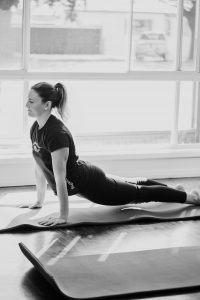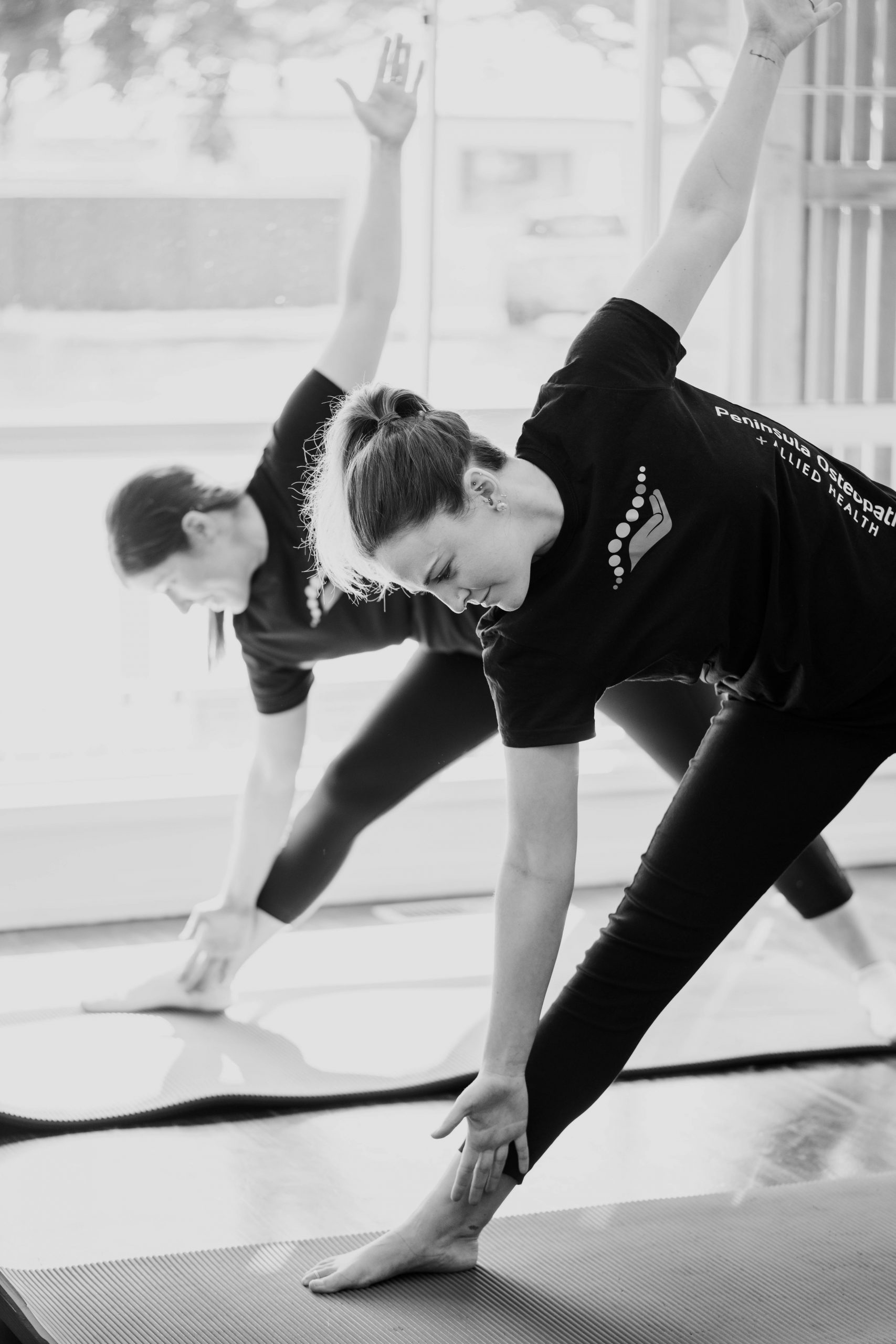Yoga – not just about being flexible!
What is yoga?
Yoga can be described as a mind, body breath experience. Yoga is a combination of physical postures (asana), breathing techniques (pranayama) as well as meditation and relaxation practices. Yoga at its core is for everybody regardless of age gender or physical ability.
It has only been in recent history that there has been more focus on the physical practice. However, yoga encompasses so much more. Yoga empowers individuals to thrive in their own body and mind. This is achieved by cultivating self awareness, self reflection and mindful movement.
Different types of yoga:
Yoga has evolved in the modern times and there are many different types of practices. Below is just a short list of examples:
Hatha* umbrella term- this type of yoga involves a set of physical postures and breathing techniques. Hatha is generally more slower paced than Vinyasa type.
Ashtanga
Iyengar
Kripalu
Kundalini
Bikram
Power
Yin* more meditative type of yoga that’s done lying on a mat and using props. This targets connective tissues. It involves long holds of 3-5 minutes.
Benefits of yoga:
Increases muscle stretch and tone
Increases flexibility of joints and nervous system
Improves balance and coordination
Improves respiration and energy
Improves circulation and lowers blood pressure
Increases self awareness
Improves focus
Helps with stress management
Encourages self care
Yoga Terminology: Here are 3 words that may help you understand some aspects of the yoga practice.
ASANA: YOGA POSES
Asana is defined as “posture or pose;” its literal meaning is “seat”. Yoga postures or asana are combined together to create a flow or sequence of poses.
PRANAYAMA: YOGA BREATHING
Pranayama are breathing exercises developed by the ancient yogis for purification. Prana translates into “life force energy” and Yama translates into “control or mastery of.” Therefore, Pranayama is used to control and cultivate the life force within the body.
NAMASTE
The literal translation is “I bow to you”. It has typically been used in Western yoga practice at the conclusion of a class. However, the usage of the word is evolving. Students are encouraged to be mindful of how and when to use the word.
Sama Vritti
A pranayama exercise to try
Sama Vritti aka equal breath or box breathing. Sama means “equal”, and vritti means “mental fluctuations”, Sama vritti pranayama uses equal lengths on inhales, exhales and breath retentions. This exercise can improve our ability to bring oxygen into the body, but is also great for calming the mind and improving relaxation.
How to practice:
Find your seat: This can be on a bolster, in comfortable chair or laying on your back.
Find your breath: With the mouth closed, inhale and exhale through the nose in a slow, even and continuous flow. Take your breath into you abdomen so the belly rises and falls.
Start your breath cycle: go at your own pace
Inhale for a count of 4 (you can choose a count that’s most comfortable for you)
• Hold the breath in for a count of 4.
• Exhale for a count of 4.
• Hold the breath out for a count of 4.
Find your flow: Repeat the four-part cycle for another 2-6 rounds of breath. When you are comfortable with the practice, you can increase the duration to 10-30 breaths or a maximum of 10 minutes.
Daily practice: to receive the most benefits from the practice
Introducing Therapeutic Yoga.
Have you always wanted to try yoga but felt intimidated by the larger classes at your local studio? Join our Osteopaths as Peninsula Osteopathy and Allied Health for more of a clinical approach to yoga practice. Breaking down pranayama and asana at a slow controlled pace. Tailored to meet individual needs from absolute beginners to individuals returning to yoga asana after injury. Smaller classes of 5-8 people, fun and free from judgement.
* Other classes that will be offered at our new movement space.


